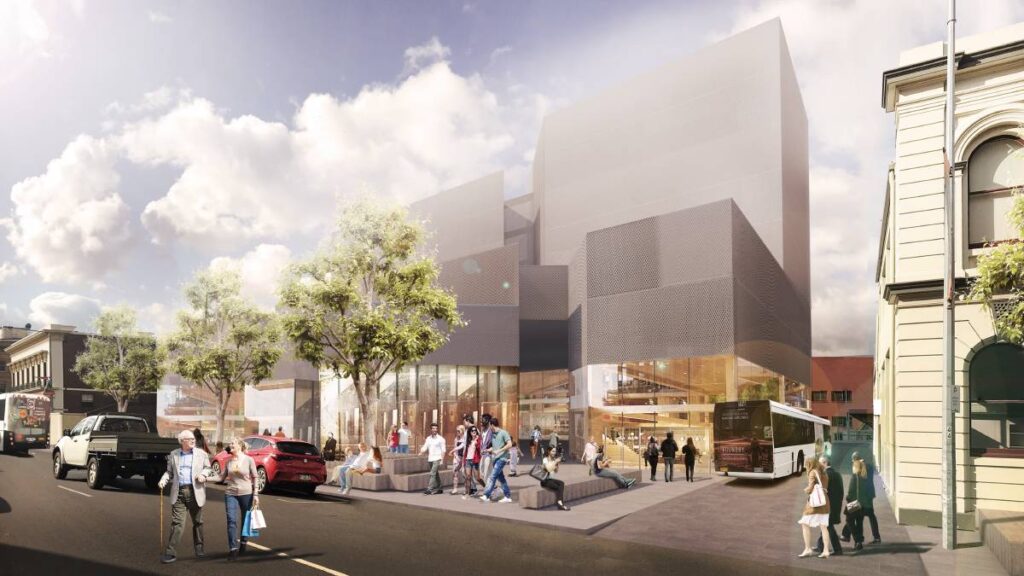The City of Launceston’s City Heart 2 project is out for public consultation at the moment, but only until this Friday, so you’ll need to respond quickly if you want to have your say. There’s not one bit of it we don’t applaud. It continues the People, Place and Lifestyle masterplan adopted some years ago; and builds on it to deliver a city centre that will be more attractive, more accessible, more walkable, and much more liveable. It’ll be a City Heart for which Launceston will be famous and will truly contribute to our vision for Launceston to be one of the great regional cities of the world.

Aside from traffic changes, an overt urban greening program is a noticeable feature of City Heart 2. Until this, urban trees and green spaces have been neglected aspects of urban amenity and liveability; yet the best streets in the best cities are usually tree-lined. Trees in cities centres encourage foot traffic, create economic activity, and increase property value. They provide shade, help moderate temperature, and beautify cityscapes by softening the hard edges and hard surfaces. Established street trees are a great asset to any city, so the Chamber is working with the City of Launceston, technical experts at UTAS, and Cityprom to build momentum for a more aspirational program of city greening. We encourage future CBD regeneration projects to invest heavily in street trees in St John St and Cameron St. Street Trees that are appropriate, that don’t cause footpaths to be broken and dangerous and remain green all year round. Can you imagine how wonderful it would be to walk through a green corridor linking City Park to Civic Square and onward to Royal Park. Wouldn’t that be something?
While patience may be a virtue, when it comes to improving our city, it’s not a virtue we possess. Three years is just too long to wait. There are circumstances outside the Councils immediate control, but we urge them to do all things necessary to bring forward the scheduled commencement of the City Heart 2 project.




